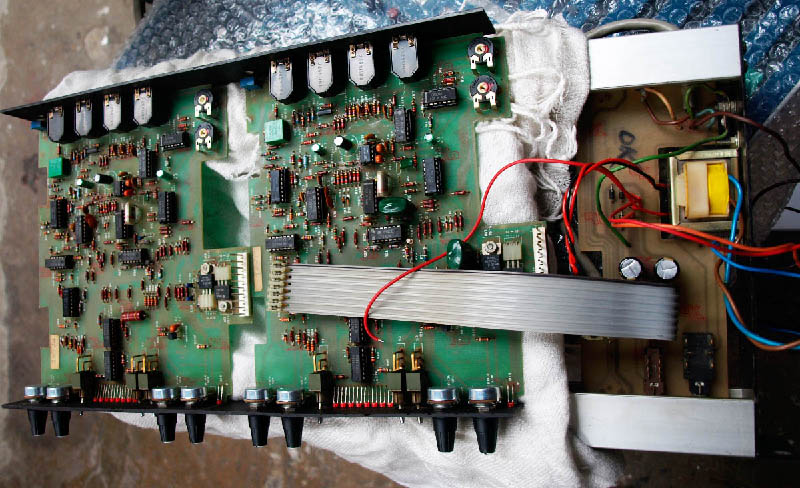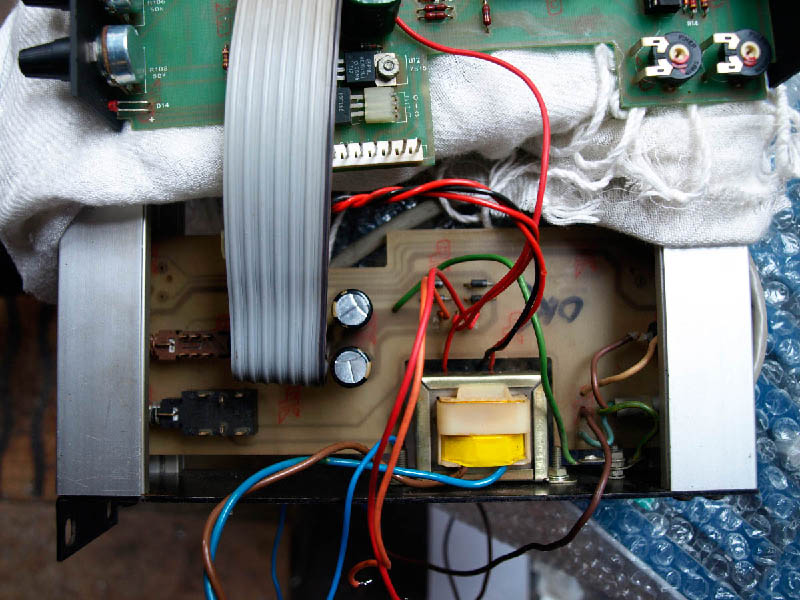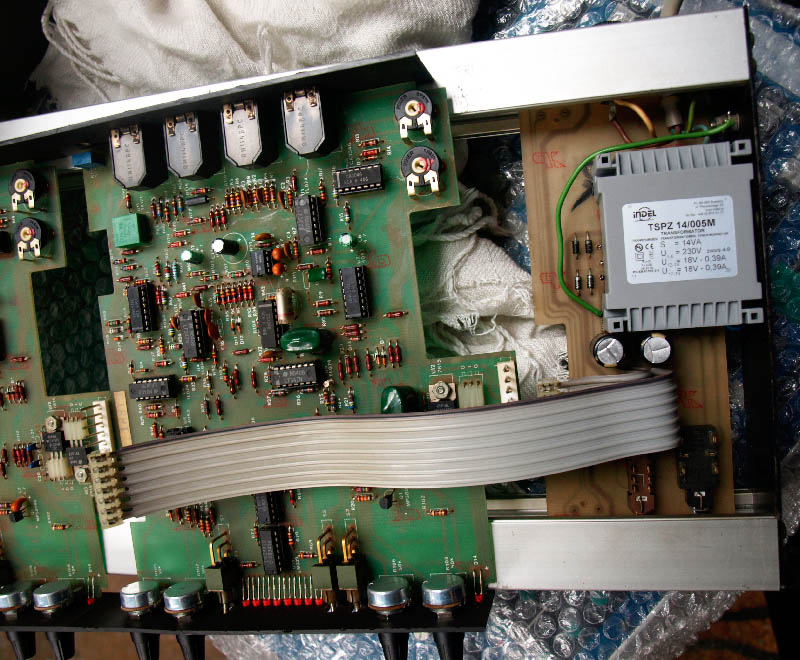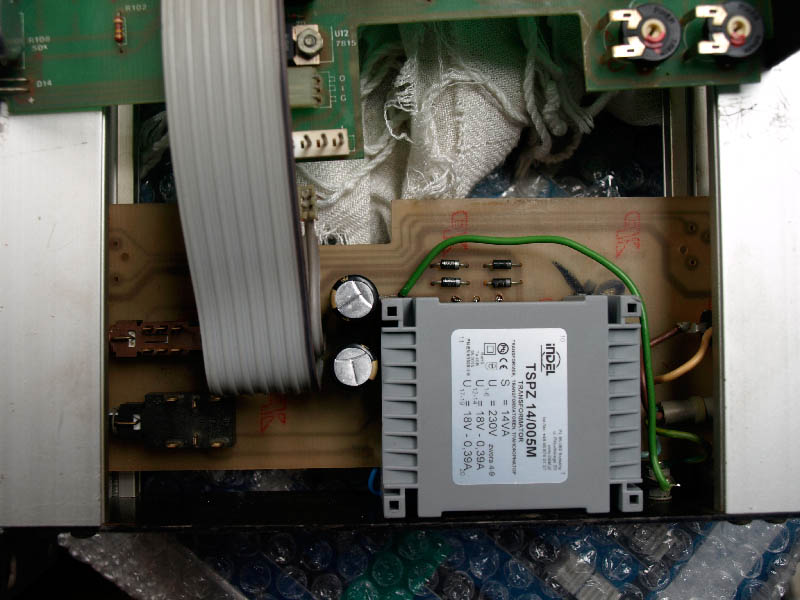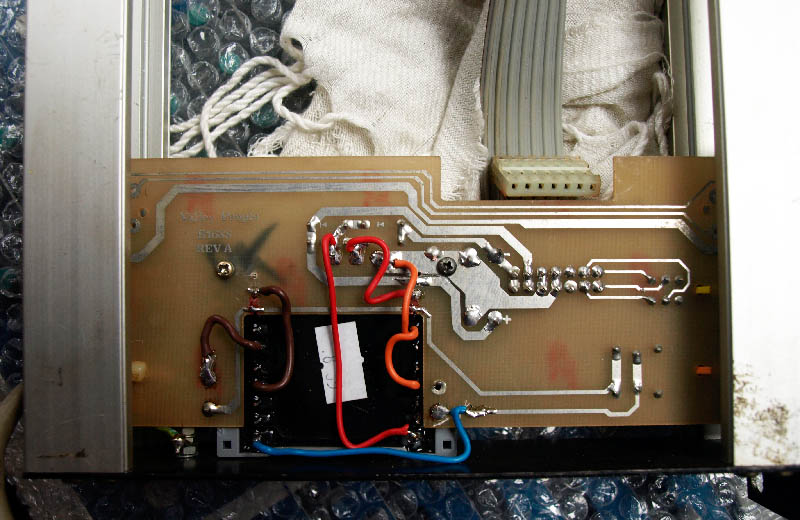saint gillis
Well-known member
https://groupdiy.com/index.php?action=dlattach;topic=44848.0;attach=11248
Hello just to share my experience repairing a dual 19" rack of these. I realized there was a hum at the output, but only when booth compressors were powered. Like if the power transformer was undersized. And in fact it is a 2x12VAC (120mA IIRC) instead of 2x18VAC 340mA on the schematic.
The crazy thing is that it really looks like original design !
Hello just to share my experience repairing a dual 19" rack of these. I realized there was a hum at the output, but only when booth compressors were powered. Like if the power transformer was undersized. And in fact it is a 2x12VAC (120mA IIRC) instead of 2x18VAC 340mA on the schematic.
The crazy thing is that it really looks like original design !



